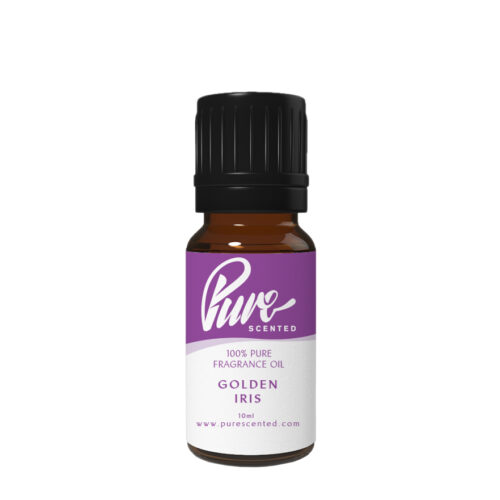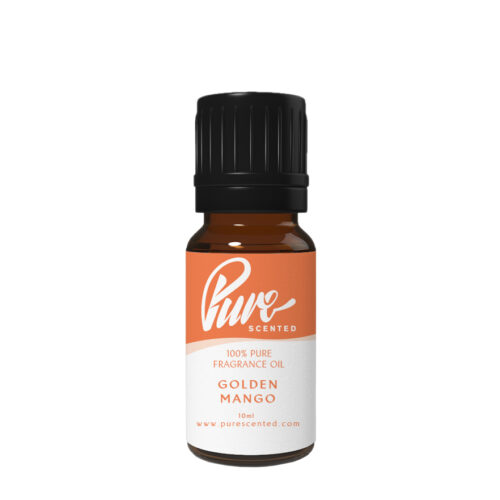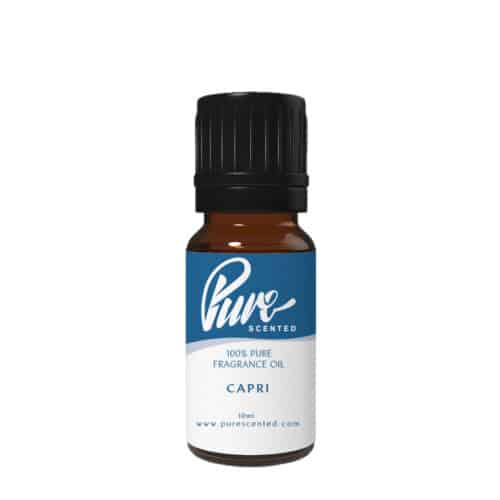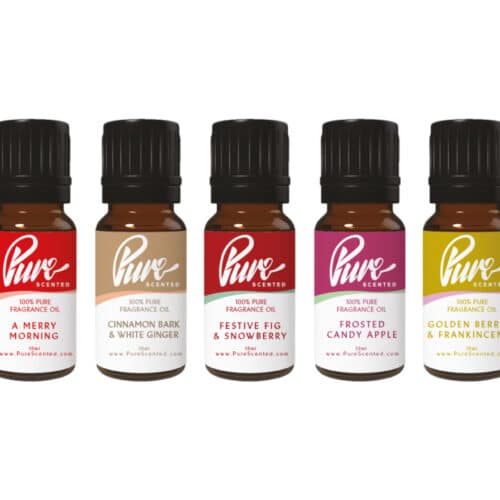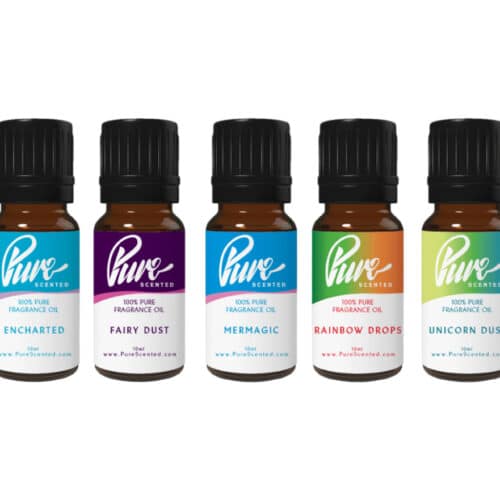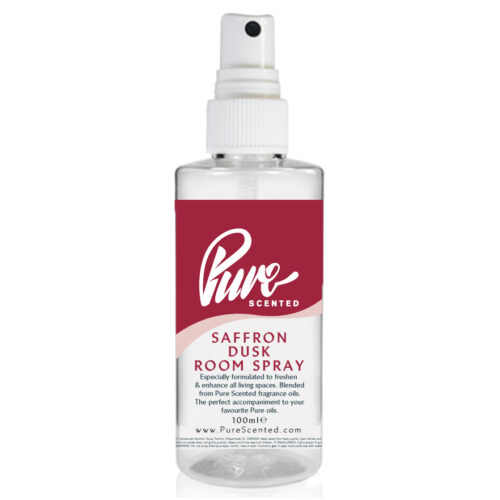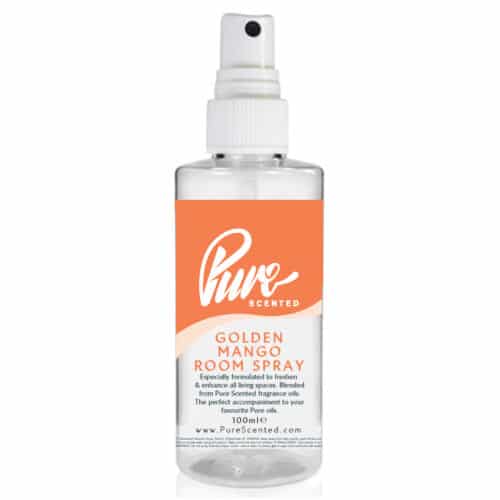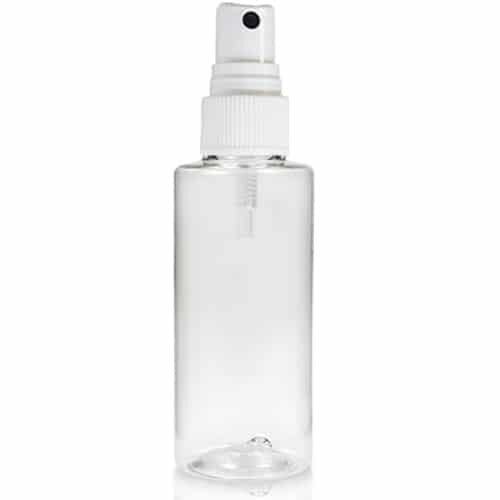How to Create a CLP Label for Reed Diffusers Using Augeo and a 25% Fragrance Oil
Correct as of November 2025. CLP classifications, SDS content and regulations may change in the future. Always refer to the latest SDS and CLP documents before creating or supplying labels.
This guide shows you, step-by-step, how to make a correct CLP label when you mix Augeo with a fragrance oil at 25%. It explains what hazards come from Augeo, what hazards come from the fragrance, and how to combine them into one final label.
- Regulation (EC) No 1272/2008 on the Classification, Labelling and Packaging of substances and mixtures (EU CLP)
- The GB CLP Regulation (the EU CLP Regulation as retained in UK law)
You must ensure your finished diffuser mixtures comply with these regulations. You are responsible for creating an accurate and legally compliant CLP label based on the materials, concentrations and fragrances you use.
1. What Hazards Come From Augeo?
Augeo (both Crystal and Clean Multi) has its own hazards. These always stay the same, no matter which fragrance you use.
From the Augeo SDS, Augeo gives you:
Augeo hazards: • Warning • Causes serious eye irritation (H319) Augeo precautionary statements: • Wash hands and other contacted skin thoroughly after handling. • Wear eye/face protection. • IF IN EYES: Rinse cautiously with water for several minutes. • If eye irritation persists: Get medical advice/attention. Augeo “Contains” line: • Contains 2,2-dimethyl-1,3-dioxolan-4-ylmethanol. Augeo pictogram: • GHS07 – Exclamation Mark
This part NEVER changes. Augeo always contributes these hazards to your final CLP label.
2. What Hazards Come From the Fragrance?
Every fragrance has its own CLP document at 25% in a non-hazardous base. This tells you what extra hazards and allergens come from the fragrance.
Below is the CLP for Mystic Bloom @ 25%. If you use a different fragrance, you simply replace the text inside this grey box with the CLP from that other fragrance.
Example A – CLP Information From Mystic Bloom @ 25%
Warning: May cause an allergic skin reaction. Toxic to aquatic life with long lasting effects. Pictograms required: GHS07 – Exclamation Mark GHS09 – Environment Avoid breathing vapour or dust. Avoid release to the environment. Wear protective gloves/eye protection/face protection. IF ON SKIN: Wash with plenty of soap and water. If skin irritation or rash occurs: Get medical advice/attention. Collect spillage. Dispose of contents/container to approved disposal site, in accordance with local regulations. Contains (from the fragrance): 3-(2H-1,3-BENZODIOXOL-5-YL)-2-METHYLPROPANAL, 4-(1-METHYLETHYL)-CYCLOHEXANEMETHANOL, COUMARIN, ETHYL LINALOOL, GERANYL ACETATE, HYDROXYCITRONELLAL, LIMONENE, LINALYL ACETATE, REACTION MASS OF BENZENEPROPANAL, 4-ETHYL-Α,Α-DIMETHYL- AND 3-(2-ETHYLPHENYL)-2,2-DIMETHYLPROPANAL. May produce an allergic reaction.
If you use another fragrance with hazards, its CLP will look similar to this: it will have a Warning/Danger line, hazard statements, precautionary statements, pictograms, and a list of allergens.
3. How Do You Combine Augeo + the Fragrance?
To make your final CLP label, you do this:
- Start with all the Augeo hazards (Section 1).
- Add all the fragrance hazards from the 25% CLP (Section 2).
- Apply the hazard hierarchy:
If the fragrance has a stronger hazard category than Augeo, you MUST use the stronger one and remove the weaker one.Example:
If the fragrance has Eye Damage 1 (H318) and Augeo has Eye Irritation 2 (H319), the final label MUST show:
• Danger
• Causes serious eye damage (H318)
• GHS05 – Corrosion pictogram
and “Causes serious eye irritation” is removed. - Remove any exact duplicates (if a sentence appears twice, keep it once).
- Keep every hazard and precautionary statement from both materials after hierarchy rules are applied.
- Add all allergens from the fragrance + the Augeo “Contains” line.
- Use every pictogram that appears in either list after hierarchy correction.
Simple rule: Augeo hazards are your starting point. The fragrance can add hazards or override them with stronger ones.
For Mystic Bloom:
- Augeo gives: Eye irritation (GHS07).
- Mystic Bloom gives: Skin sensitiser + Aquatic hazard (GHS07 + GHS09).
Final pictograms must include both: GHS07 + GHS09.
4. Final Combined CLP Label – Example A (Mystic Bloom)
Pictograms to appear on the final label:
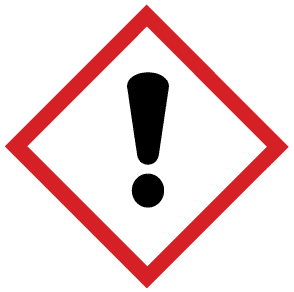
GHS07
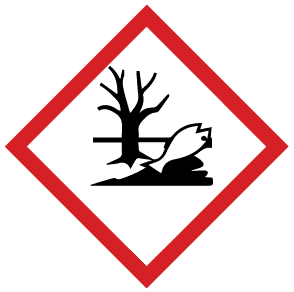
GHS09
MYSTIC BLOOM – Reed Diffuser (25% in Augeo) Warning Hazard statements: Causes serious eye irritation. (from Augeo) May cause an allergic skin reaction. (from fragrance) Toxic to aquatic life with long lasting effects. (from fragrance) Precautionary statements: Avoid breathing vapour or dust. (from fragrance) Avoid release to the environment. (from fragrance) Collect spillage. (from fragrance) Wash hands and other contacted skin thoroughly after handling. (Augeo) Wear protective gloves/eye protection/face protection. (both) IF IN EYES: Rinse cautiously with water for several minutes. Remove contact lenses if present and easy to do. Continue rinsing. (Augeo) If eye irritation persists: Get medical advice/attention. (Augeo) IF ON SKIN: Wash with plenty of soap and water. (fragrance) If skin irritation or rash occurs: Get medical advice/attention. (fragrance) Dispose of contents/container to approved disposal site in accordance with local regulations. (fragrance) Contains: 2,2-dimethyl-1,3-dioxolan-4-ylmethanol, (from Augeo base) 3-(2H-1,3-BENZODIOXOL-5-YL)-2-METHYLPROPANAL, 4-(1-METHYLETHYL)-CYCLOHEXANEMETHANOL, COUMARIN, ETHYL LINALOOL, GERANYL ACETATE, HYDROXYCITRONELLAL, LIMONENE, LINALYL ACETATE, REACTION MASS OF BENZENEPROPANAL, 4-ETHYL-Α,Α-DIMETHYL- AND 3-(2-ETHYLPHENYL)-2,2-DIMETHYLPROPANAL. (from fragrance) May produce an allergic reaction. Supplier: Your Business Name Address Telephone Website
5. Example B – Fragrance With No Pictograms (Strawberry @ 25%)
Now let’s look at a fragrance that has no hazard statements and no pictograms at 25%.
CLP Information From Strawberry @ 25%
STRAWBERRY FRAGRANCE (25% in NON HAZARDOUS BASE) Contains: 2,4-DIMETHYL-3-CYCLOHEXENE CARBOXALDEHYDE, METHYL CINNAMATE. May produce an allergic reaction.
Notice what is missing:
- No Warning or Danger line.
- No hazard statements.
- No precautionary statements.
- No pictograms.
This means Strawberry only gives you allergens, not new hazards.
When you mix Strawberry @ 25% with Augeo:
- Augeo still gives: Eye irritation (GHS07).
- Strawberry gives: Only allergens.
Final pictograms for Strawberry mix: only GHS07 (from Augeo).
Final Combined CLP Label – Example B (Strawberry)
STRAWBERRY – Reed Diffuser (25% in Augeo) Warning Pictogram: GHS07 (from Augeo) Hazard statements: Causes serious eye irritation. (from Augeo) Precautionary statements: Wash hands and other contacted skin thoroughly after handling. (Augeo) Wear protective gloves/eye protection/face protection. (Augeo) IF IN EYES: Rinse cautiously with water for several minutes. Remove contact lenses if present and easy to do. Continue rinsing. (Augeo) If eye irritation persists: Get medical advice/attention. (Augeo) Contains: 2,2-dimethyl-1,3-dioxolan-4-ylmethanol, (from Augeo base) 2,4-DIMETHYL-3-CYCLOHEXENE CARBOXALDEHYDE, METHYL CINNAMATE. (from fragrance) May produce an allergic reaction. Supplier: Your Business Name Address Telephone Website
Key point: Even though Strawberry has no pictograms on its own, the final diffuser label still needs GHS07 because Augeo is irritating to eyes.
6. Side-by-Side Comparison
| Fragrance @ 25% | Mystic Bloom | Strawberry |
|---|---|---|
| Has hazard statements? | Yes | No |
| Has pictograms? | Yes – GHS07 + GHS09 | No |
| Adds extra hazards to Augeo? | Yes – skin sensitiser + aquatic | No – just allergens |
| Final diffuser pictograms | GHS07 (Augeo) + GHS09 (fragrance) | GHS07 only (Augeo) |
7. Simple Decision Steps (Flow-Style)
- Get the Augeo SDS – write down its hazards, P-statements, pictograms and “Contains” line. This is your starting set.
- Get the fragrance CLP at 25%.
- Does the fragrance CLP show any hazard statements or pictograms?
- Yes: add all those hazards, P-statements, pictograms and allergens to the Augeo ones.
- No: just add the “Contains …” allergens and “May produce an allergic reaction” (if shown). Leave hazards as Augeo only.
- Apply hazard hierarchy (very important):
If the fragrance has a stronger hazard category than Augeo, you MUST use the stronger one and remove the weaker one.Example:
If the fragrance has Eye Damage 1 (H318) and Augeo has Eye Irritation 2 (H319), the final label MUST show:
• Danger
• Causes serious eye damage (H318)
• GHS05 – Corrosion pictogram
and “Causes serious eye irritation” is removed. - Remove duplicate sentences (if two lines are identical, keep one).
- Make sure your final label shows:
- All required pictograms (Augeo + fragrance).
- The correct signal word (Warning or Danger, depending on hazard severity).
- All hazard statements after hierarchy rules.
- All precautionary statements.
- All allergens listed under “Contains”.
- Your supplier name, address and contact information.
8. Label Requirements
- Pictograms: at least GHS07 (from Augeo), plus any others required by the fragrance (for example GHS09).
- Signal word: Warning (or Danger if required by a higher-tier hazard).
- Hazard statements from both Augeo and fragrance (after hierarchy correction).
- Precautionary statements from both materials.
- Allergen declarations (“Contains …”).
- Supplier details (name, address, telephone, website).
- UFI if required for your market.
For CLP, pictograms must meet minimum size requirements depending on container volume (for example, at least a 1 cm² pictogram border for containers under 3 litres). Always check the latest CLP guidance if in doubt.
This guide complies with Regulation (EC) No 1272/2008 and the GB CLP Regulation. You are responsible for ensuring your finished product remains compliant at the time of manufacture and sale.
This guide is correct as of November 2025. Always refer to the most recent SDS and CLP documents for accuracy.

